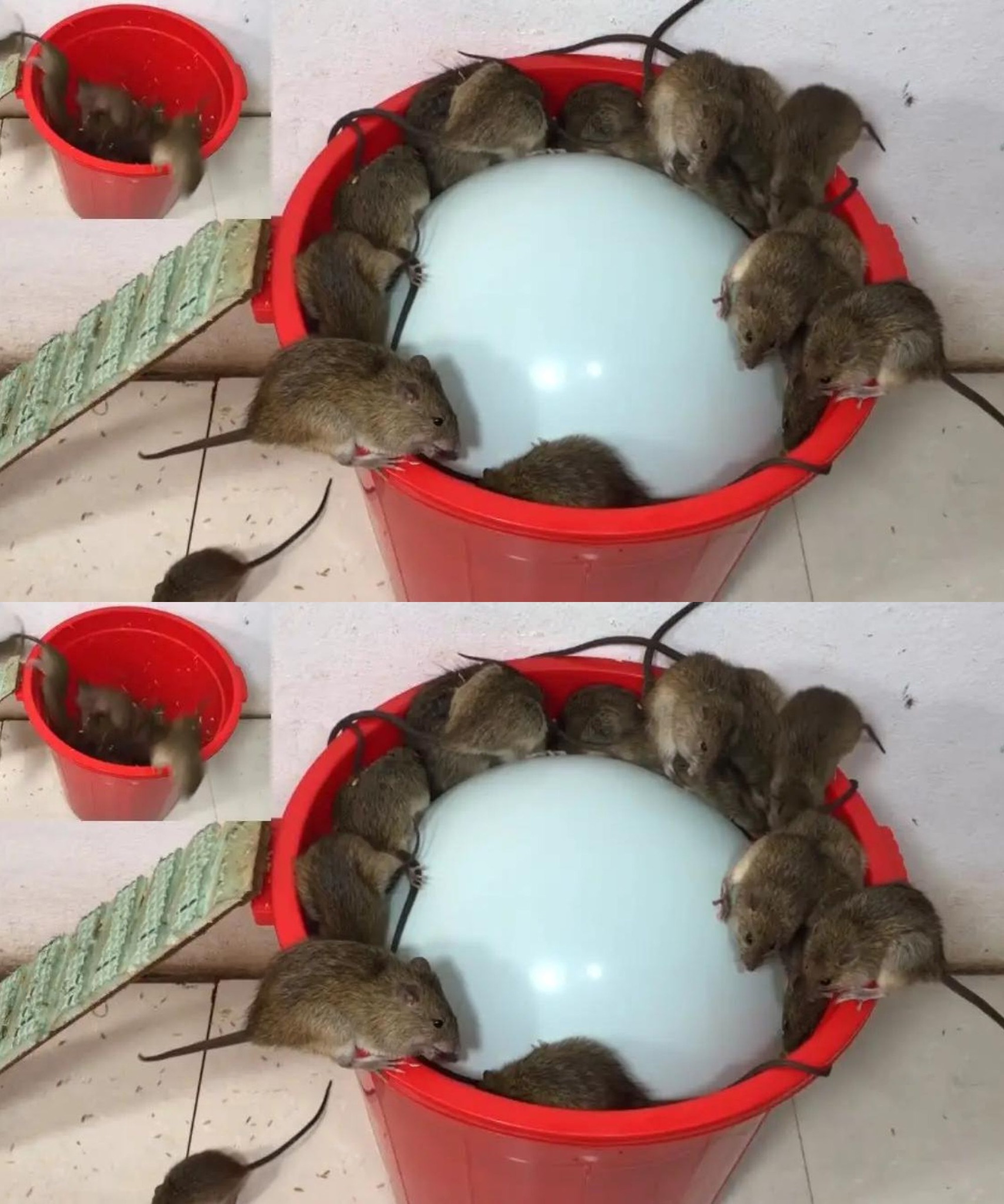ADVERTISEMENT
How to Use It:
- Outdoor: Grow lavender near your home’s entrance, along pathways, or in your garden beds. It works best when planted in sunny, well-drained areas.
- Indoor: Keep dried lavender sachets or fresh potted plants around the house, particularly in places where rodents tend to frequent.
Bonus Tip: Lavender is also known for its calming properties, making it a great addition to your home for relaxation.
3. Rosemary (Rosmarinus officinalis)
Why It Works:
The strong, aromatic scent of rosemary is unpleasant for rats and mice. Its sharp, woody fragrance masks food smells, which can deter rodents from entering your home.
How to Use It:
- Outdoor: Plant rosemary near doors, windows, and other access points where rodents could enter. It’s also great for adding a rustic charm to your garden.
- Indoor: Rosemary can thrive in pots and can be kept in kitchens or along windowsills, acting as both a rodent repellent and a culinary herb.
Bonus Tip: Besides repelling rodents, rosemary is a great herb to use in cooking and offers numerous health benefits.
4. Bay Leaves (Laurus nobilis)
Why It Works:
Bay leaves contain compounds that are toxic to rats and mice, particularly when ingested. When placed strategically in areas where rodents might scavenge, they act as a natural deterrent.
How to Use It:
- Indoor: Place dried bay leaves in cabinets, drawers, or pantry shelves where food is stored to keep rats and mice away from your food.
- Outdoor: Plant bay trees near entry points or in garden beds. If growing outside isn’t an option, simply hang bay leaves in mesh bags around your home.
Bonus Tip: Bay leaves not only repel rodents but also add flavor to your cooking, so keep a jar of them handy in the kitchen.
5. Eucalyptus (Eucalyptus spp.)
Why It Works:
Eucalyptus has a strong, menthol-like aroma that is repellent to rodents. The scent is so intense that it disrupts the rodents’ sense of smell, making them avoid areas where eucalyptus is present.
How to Use It:
- Outdoor: Plant eucalyptus trees or shrubs around your property to help keep rodents at bay. They work best in warm climates and are often used in larger outdoor spaces.
- Indoor: Place eucalyptus essential oil in a diffuser or use fresh eucalyptus branches in the home to create a barrier against rodents.
Bonus Tip: Eucalyptus oil can also be used as a natural disinfectant, helping to keep your home fresh and clean.
6. Catnip (Nepeta cataria)
Why It Works:
Catnip is often associated with attracting cats, but it’s also a natural rodent repellent. The plant contains nepetalactone, a compound that mice find unpleasant. Despite attracting cats, rats and mice tend to avoid areas where catnip is present.
How to Use It:
- Outdoor: Plant catnip in your garden or near the home’s foundation to create a natural barrier.
- Indoor: You can place pots of catnip near potential entryways or windows. If you have cats, they’ll enjoy it, and it will help keep rodents away.
Bonus Tip: If you have a cat, growing catnip in your garden can also provide your pet with entertainment while deterring rodents!
Conclusion: A Natural Approach to Keeping Rats and Mice Away
Using repellent plants is an excellent, natural way to keep rats and mice out of your home. Not only do these plants add beauty and fragrance to your environment, but they also offer a safe, non-toxic alternative to chemical repellents. Whether you choose to plant them in your garden or bring them indoors in pots, these six plants can help create a rodent-free space in a way that’s both effective and environmentally friendly.
By incorporating these plants into your home or garden, you can take proactive steps to discourage rodents from invading your space, all while enjoying the added benefits of a fresher, more inviting home. Try using one or more of these plants, and you may soon find your home free from unwanted visitors!
ADVERTISEMENT
ADVERTISEMENT


